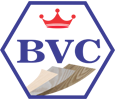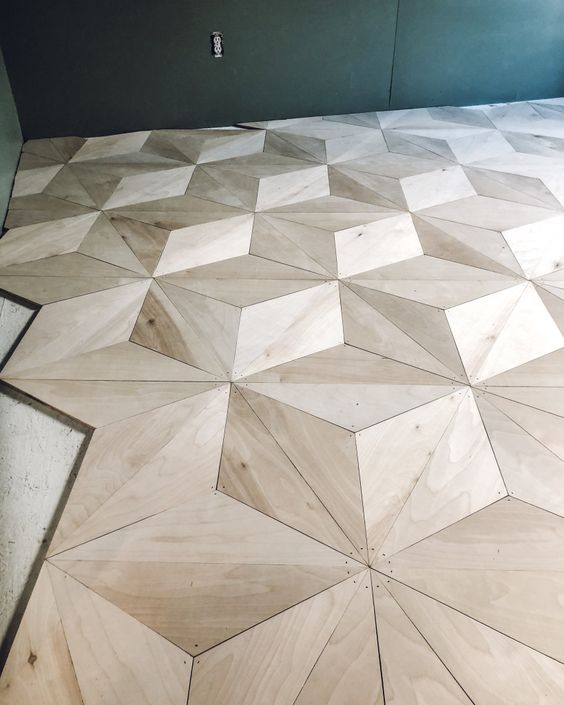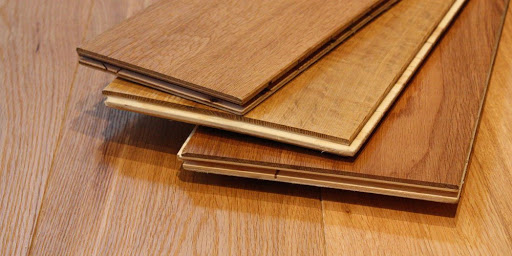It takes several steps to produce the finished veneer sheet from round logs. Through all the process, it has to be precise and fully concentrated to give the best quality of product. Our company- Buon Ma Thuot veneer JSC has follow 6 steps procedure as:
- Selecting raw materials and storing logs
- Removing Bark and sawing log
- Heating
- Slicing
- Drying and trimming veneer
- Controlling the veneer sheet’s quality
1. Selecting raw materials and storing logs
In order to produce a good finished veneer sheet, first of all, the materials need to be of good quality. Both domestic and foreign wood species are carefully selected, all standards such as: moisture, color, size, origin, condition of the logs… would be considered and checked to make sure that logs meet the standards. Logs that need to be imported will take around 2-3 moths of transportation at sea, thus, besides mentioned factors, it is also necessary to take into account the time of shipping, the temperature of the season of the year.…to preserve the quality of the logs.
Buon Ma Thuot veneer company then, will classify and preserve these material depends on the characteristics of each species. Preservation is as important as the selection of raw materials. With poor storage conditions, logs can deteriorate by drying and cracking of the log ends and other exposed wood, development of blue stain, decay, and oxidation stain, attack by insects, cracks and grain separation due to freezing and thawing, development of undesirable odor, and increased porosity due to attack by bacteria. Log end drying and splits can occur with susceptible species like dense hardwoods in one hot, dry, windy day when the sunlight falls directly on the log end. In order to minimize such things and to produce the best quality product, we develop a separate production plan for each group, ensuring that no logs would be stored for too long.
2. Removing Bark and sawing log
On this step, we remove bark simply by saw the logs into the rectangle then we cut a log into shorter piece of logs with the specified length. workers need to be precise in measuring before cutting, using machinery to have a right demanded dimension of the bolt.
3.Heating
All wood become more flexible, more plastic when it is heat-treated. Some people worries that high temperatures will make the wood too soft and no longer retaining its original hardness. However, this has been tested and confirmed: the wood will have a constant stiffness after returning to the original temperature.
The heat treatment stage is to make the wood more elastic and easier to peel during the veneer manufacturing process, so that the veneer sheet is flat and not cracked or torn.
In Buon Ma Thuot veneer company, the heating process includes boiling or steaming - depending on the type of wood and its characteristics. The temperature and water level are closely monitored, and are customized according to the wood species. The reason for this adjustment is because temperature has a faster and stronger effect on hardwood than on softwood. To reduce the hardness in the wood by 10%, softwoods such as Doulgas pine and Sitka species need to be heated for 10-12 days at 200°F (93°C); while with hardwoods such as golden birch, it only takes 6-7 days with the same temperature.
Factors that should be taken into account in determining how long to boil or steam wood include:
- End temperature
- Log diameter
- The temperature difference between the log and the water that heats that log
- Direction of wood grain
- The temperature variation of the log itself
4. Slicing
After being softened by the heating process, logs will be moved to the slicing system. In order to produce different types of grain such as: stripe, cathedral, mountain... wood needs to be sliced by different methods. Normally, there are 3 main cutting methods applied in our factory.
Flat cut: The veneer created in this way has a “Cathedral” form, also known as a mountain vein.
Quartered cut: Finished veneers made from quarter-cut have the form of a straight stripe or a ribbon stripe, which will reflect light in different directions depending on the viewer's direction.
Rift cut: The texture of the finished veneer is comb grain.
Right when the veneer sheet leaves the laminator there will be 2 people continuously get it and turning the sheet upside down then stack as it is important to keep the veneers in their correct order.
5. Drying and trimming veneer
Veneer will be dried after they get out of the slicing machine and be laid in bundle. When reaching the right moisture, the veneer sheet will be trimmed to the specified dimensions.
A dried veneer sheet is considered in good quality when the following factors are all passed
- Having consistent moisture throughout the whole sheet
- Including no wavy at the edge
- Having no cracks
- Nice surface to be able to glue
- Meeting color standards
- Containing no or just a few shrinkage
6. Controlling the veneer sheet’s quality
Some of the problems with dry veneers include: veneers with uneven moisture from the drying process, surface warping and cracking, veneers with excessive shrinkage or undesirable color.
To ensure the finished veneer sheets are beautiful and meet desired quality, Buon Ma Thuot veneers company control the following factors:
- Final humidity control
- Cracks, splits control
- Ability to stick glue on the veneer surface control
- Wood shrinkage control
- Color control
Above are 6 steps in the process of producing finished veneer panels from logs of our company. You can learn more about high value Table top logs here:


